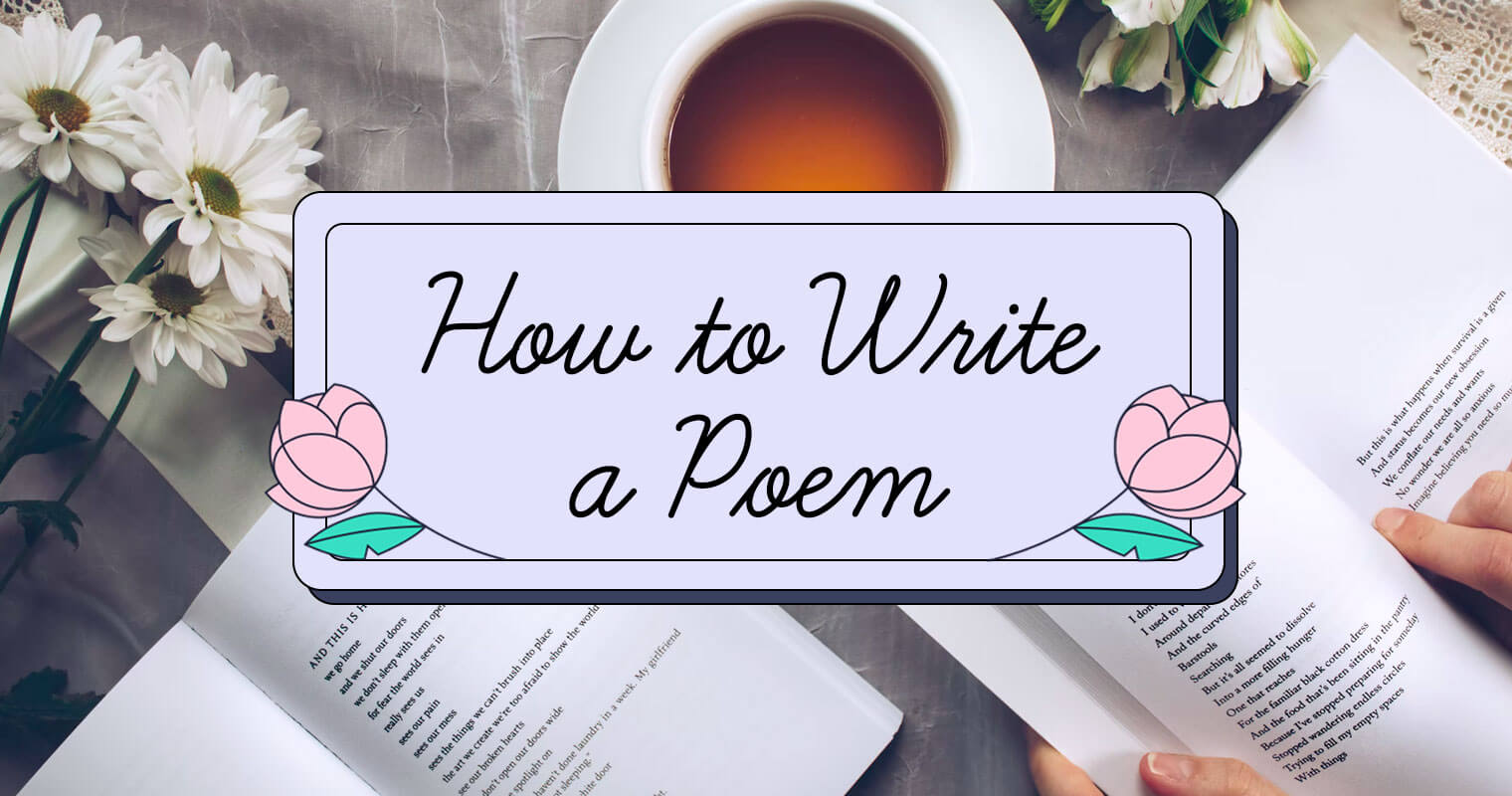I got an email from Grammarly (the online proofreading app) with a link to a post on their blog titled "How to Write a Poem: A Step-by-Step Guide" and - though I immediately question that title - I had to look.
What does it tell us?
Poems don’t have to rhyme;
They don’t have to fit any specific format;
They don’t have to use any specific vocabulary or be about any specific topic.
It’s okay to break grammatical rules when doing so helps you express yourself.
Okay, that sounds freeing and it sounds quite basic, but is there anything that they are required to do?
Use words artistically by employing figurative language. (Easier said than done.)
The form is as important as the function. (Easier said than to be explained.)
Show. Don’t tell. (Basic elementary school writing class advice.)
The goal is to provoke an emotion in the reader.
Less can be more. (More can also be more.)
I am being tough on this advice. That's because after having taught writing of all types including poetry for some decades I would not want to have to write on "How to Write a Poem."
As with other kinds of literature, poets use literary devices. So in the "how to" class, you need to learn about figurative language. You need to learn about the elements that are more unique to poetry, such as sound, rhythm, rhyme, and the many formats that poems can take. As the blog post pointed out, "The first three of these are apparent when you hear poetry read aloud. The last is most obvious when you read poetry."
What is most useful in the blog post is some sample poems used to illustrate a literary device or form. I think the best way to teach how to write a poem is to read many kinds of poems and then start writing.
"Often, poets use literary devices in conjunction with other poetic elements. One famous example of a poem that layers multiple literary devices is the very short poem by Margaret Atwood “[you fit into me].”
you fit into me
like a hook into an eyea fish hook
an open eyeIn the first stanza, Atwood uses a simile, a type of figurative language, to create an initially pleasant image: a hook and eye closure, a small metal hook that neatly fits into an appropriately sized metal loop to fasten clothing. Then the second stanza juxtaposes this with a jarring image: a fish hook plunged into an eyeball. These images together, formatted as two stark sections separated by a break, express the poem’s uncomfortable, visceral theme."
Visit our website at poetsonline.org

No comments:
Post a Comment
* * All comments must be approved by the site administrator before appearing in order to prevent spam.